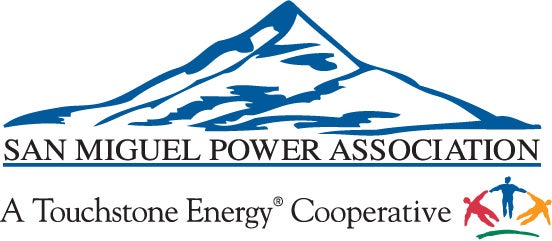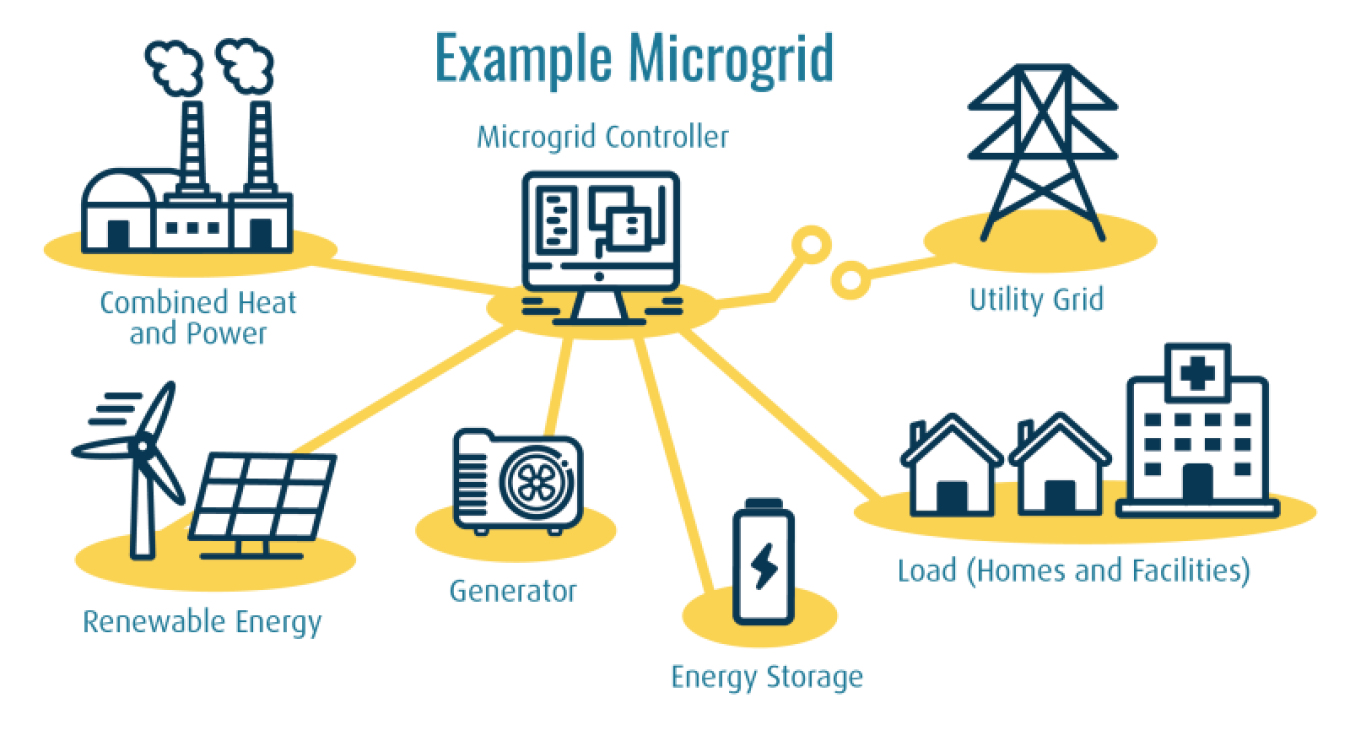Microgrids for Community Resilience, and Climate Action
“When the Colorado Department of Local Affairs (DOLA) Microgrid for Community Resilience (MCR) planning grants were made available for local electric cooperatives like SMPA, several of our communities asked us to apply on their behalf,” stated San Miguel Power Association (SMPA) Key Accounts Executive, Terry Schuyler. Given that the towns of Silverton and Rico had both recently experienced significant winter power outages, and that the towns of Ophir and Ridgway were recognizing that they could benefit from added backup power sources, all four expressed an interest in the possibility of exploring dedicated, local microgrids to serve backup power in case of future outages.
So, what is a microgrid and how does it provide backup power?
DOLA defines a microgrid as a group of interconnected electric loads and distributed energy resources (such as a battery, solar array, wind or a fossil fuel generator) with clearly defined electrical boundaries that can function as a single, controllable entity with respect to the electric grid. Therefore, a microgrid can be connected to or disconnected from the electric grid to enable it to operate either in “grid-connected mode” or in “island mode.” When it isn’t receiving power from the grid, the microgrid can sustain power delivery while conditions, which may have caused the outage, improve or while repairs are made.
Microgrids can:
- Improve customer reliability.
- Increase resilience to grid disturbances.
- Help deploy zero-emissions energy sources.
- Reduce energy lost through transmission lines.
- Help manage power supply and demand.
- Improve grid resilience to extreme weather.
Recognizing what a benefit microgrids can be for rural communities, DOLA initiated the MCR grants to bolster community resilience. When the eight statewide MCR planning phase grant awards were announced, SMPA had won four of them.
In addition to emergency resiliency, microgrids provide another benefit that helps achieve what most community members have deemed a high priority—climate action. On a typical day,” explains Schuyler, “a microgrid that uses a photovoltaic (PV) array to collect abundant solar energy, storing it in a battery system, can deploy that electricity during the “peak,” when the energy is most valuable.” The energy industry calls this time period the “Peak” because it’s when most residential loads are at their highest, and overall dependence upon centralized fossil-fuel generated power is at its daily maximum. When a microgrid is used in this manner, it brings down the peak and reduces the need for fossil-fuel-generated energy, resulting in fewer emissions. “This unique feature of a microgrid allows greater levels of locally-produced renewable energy to be delivered when it is most economically advantageous to the hosting community as well as our entire cooperative membership, potentially deferring future pressure on rates,” Schuyler explained.
But a microgrid must exist locally, and this fact has brought about concerns from community members who were hesitant about SMPA moving forward with feasibility studies. Citing a variety of concerns, specific to the Ophir community, the General Assembly of Ophir recently voted “no” on a resolution to allow site access to town-owned property for the purposes of conducting this study. This has prompted discussions on possible alternative town resiliency solutions and a “pivot” on the MCR grant microgrid study.
“SMPA supports the will of the communities and understands that there’s not a one-size-fits-all solution for every town.”, says Schuyler. “We stand ready to work with the Town of Ophir to determine the next steps.” The feasibility study is the vehicle to explore these possibilities. The results do not require a commitment to proceed with any identified solution. Rather, they serve as a tool to help inform us of what is possible.
As the communities consider their energy future, SMPA will continue to work in partnership, to leverage unprecedented near-term State and Federal incentives and to explore options to advance community sustainability goals and enhance power reliability. A winning planning grant proposal needs to result in the right fit for the communities.

